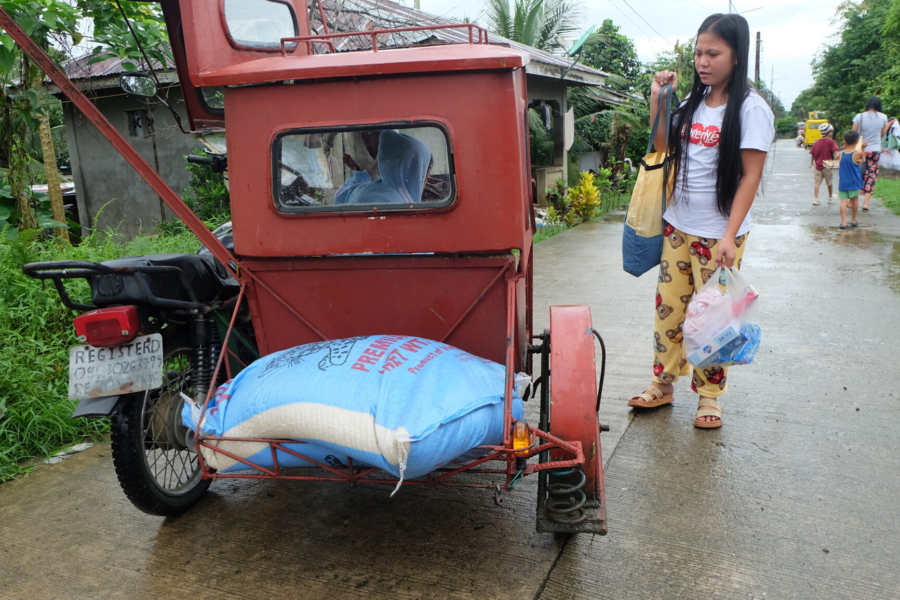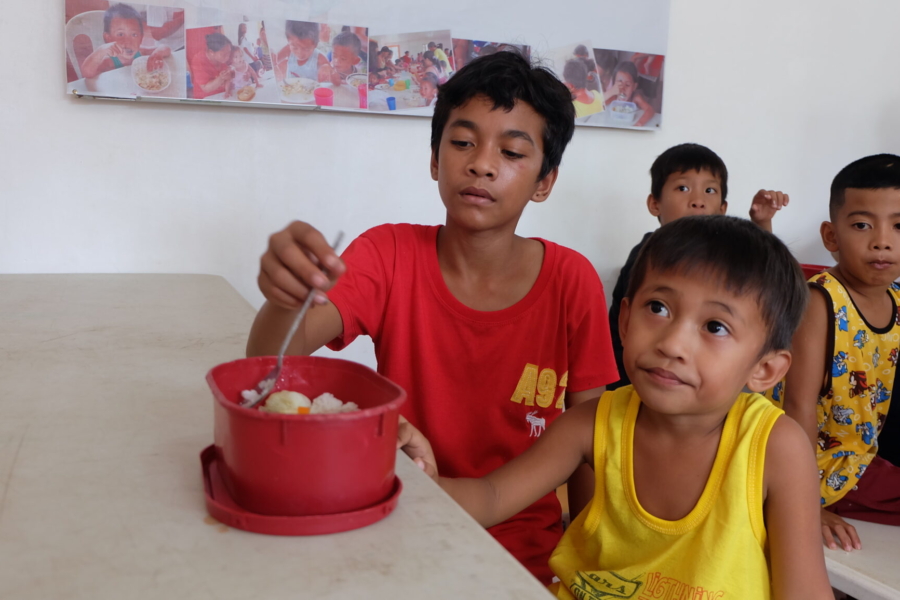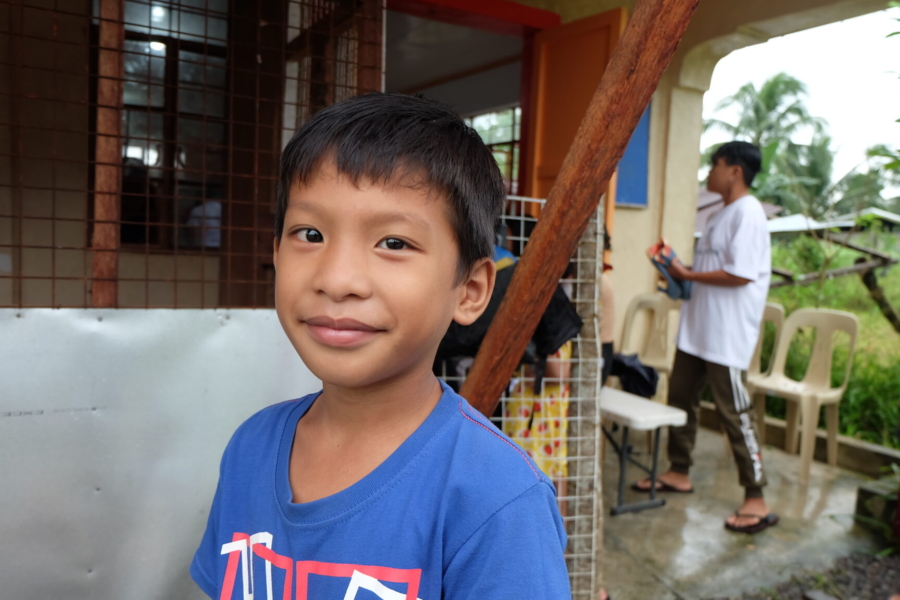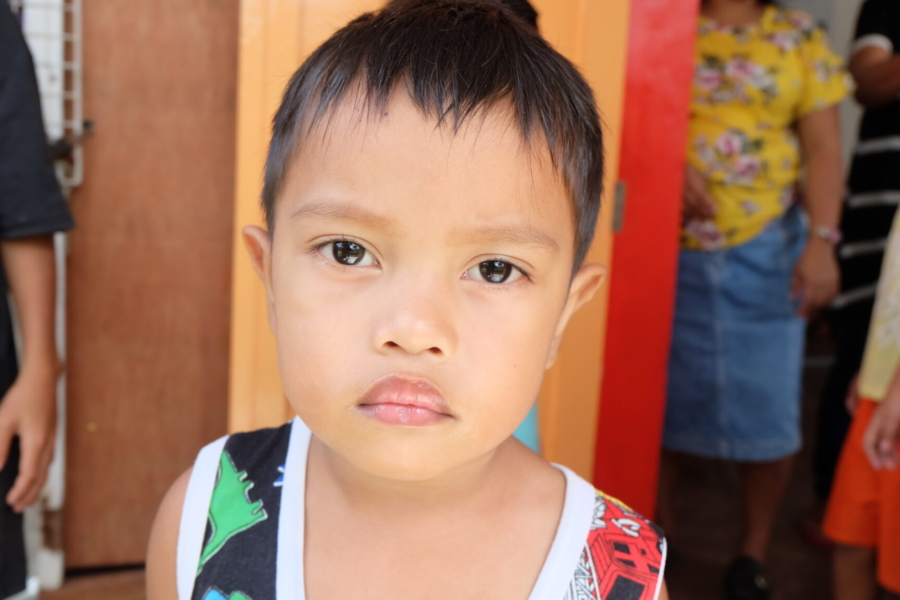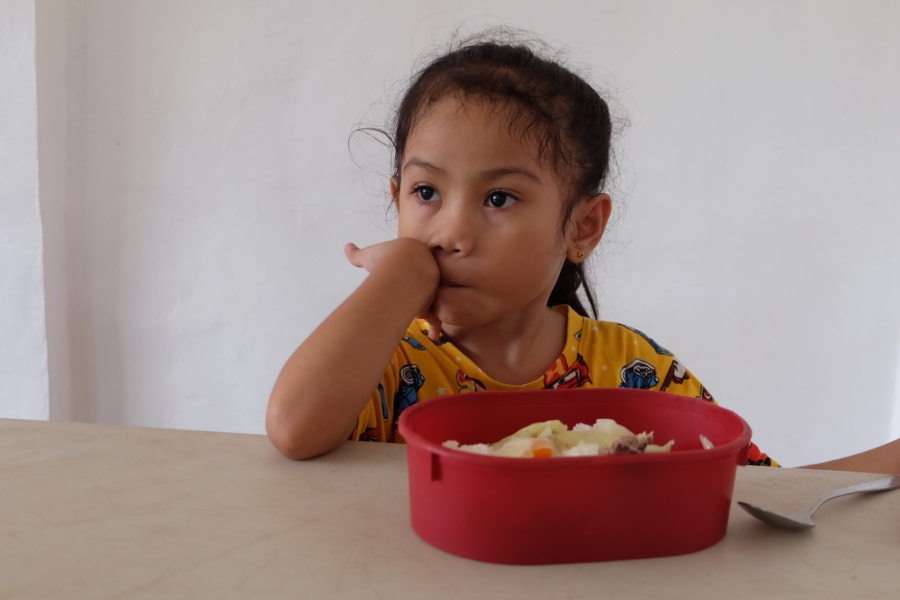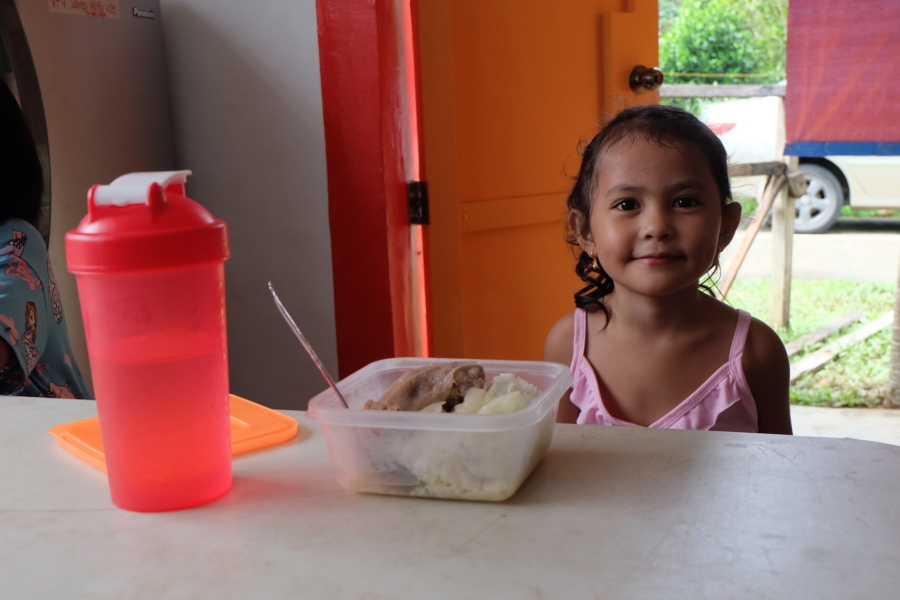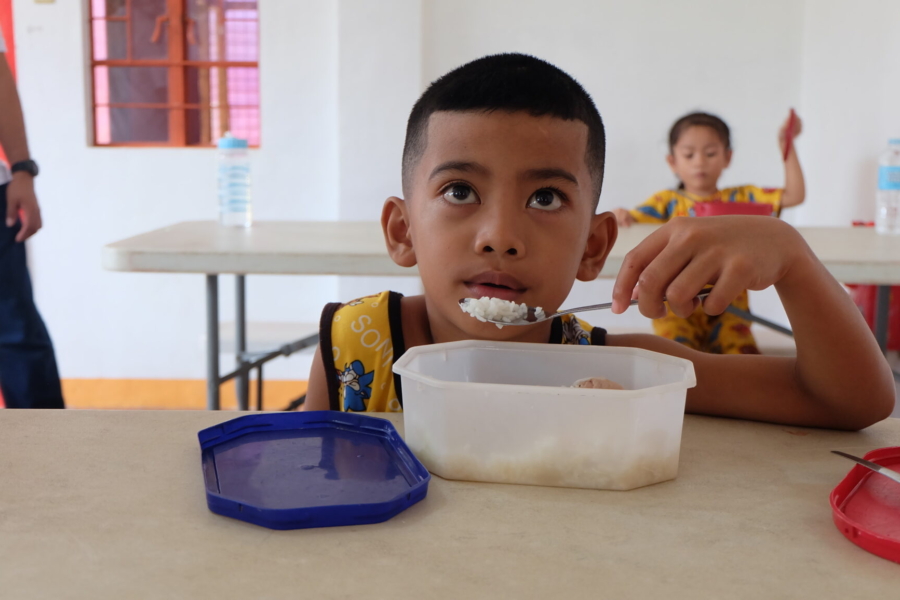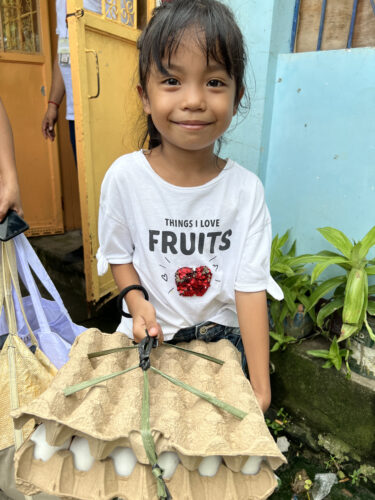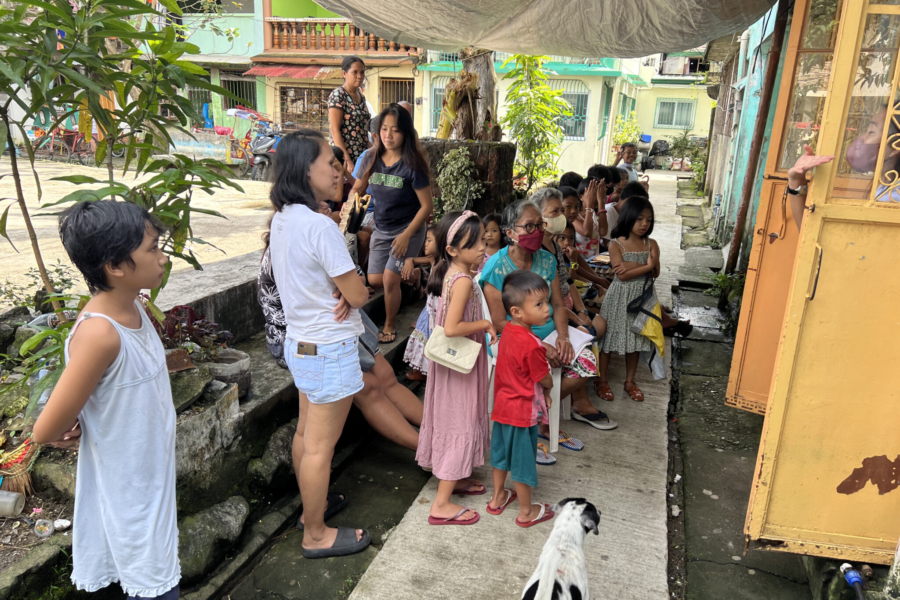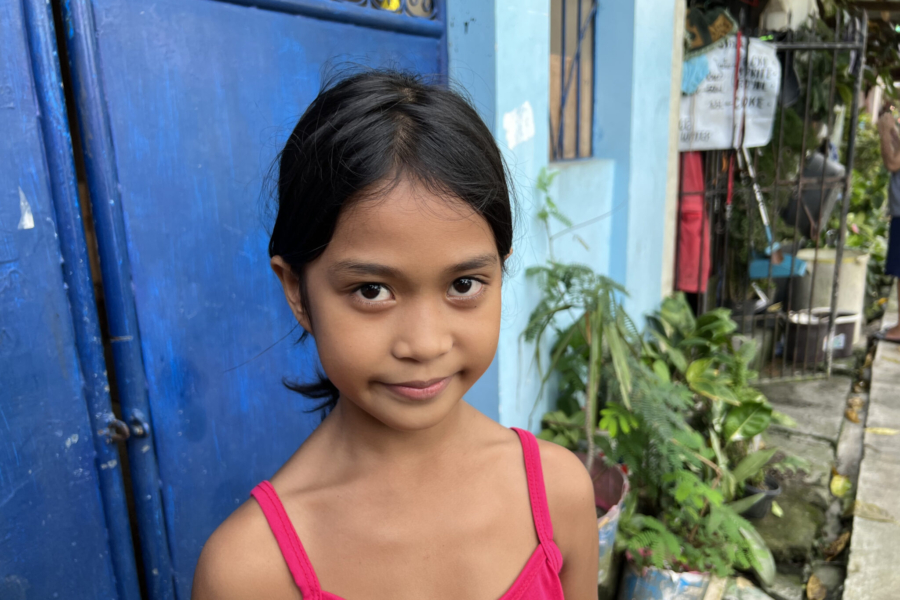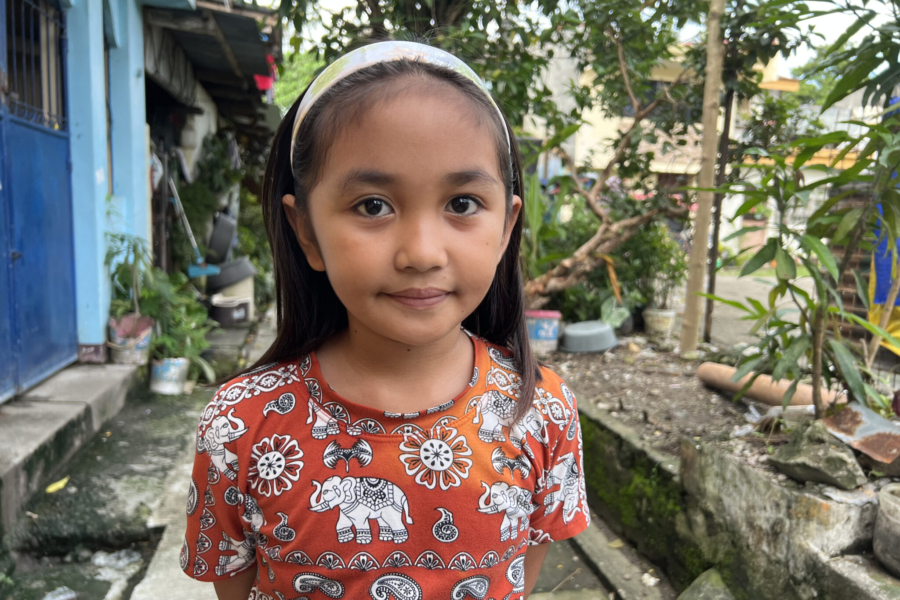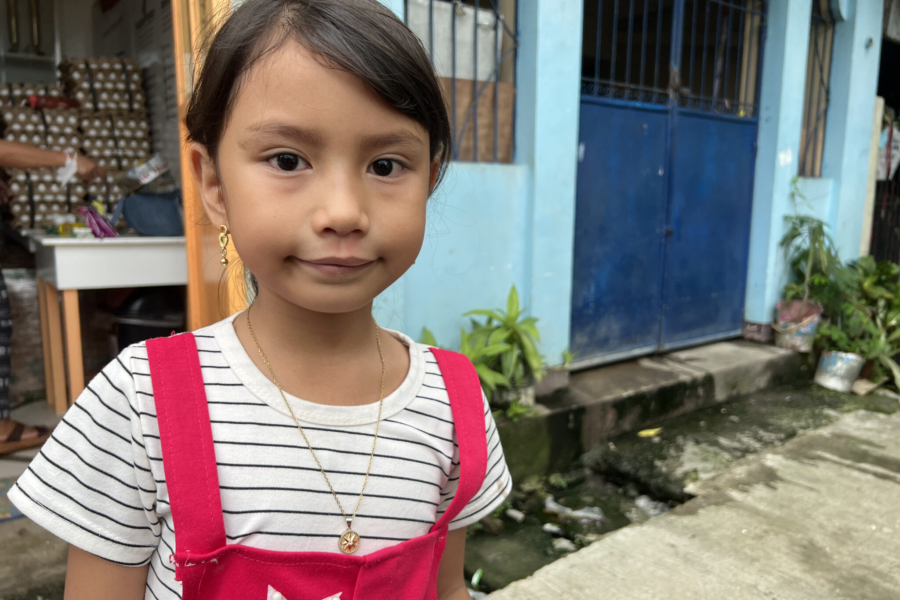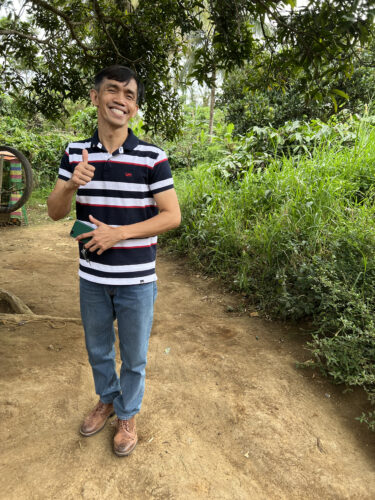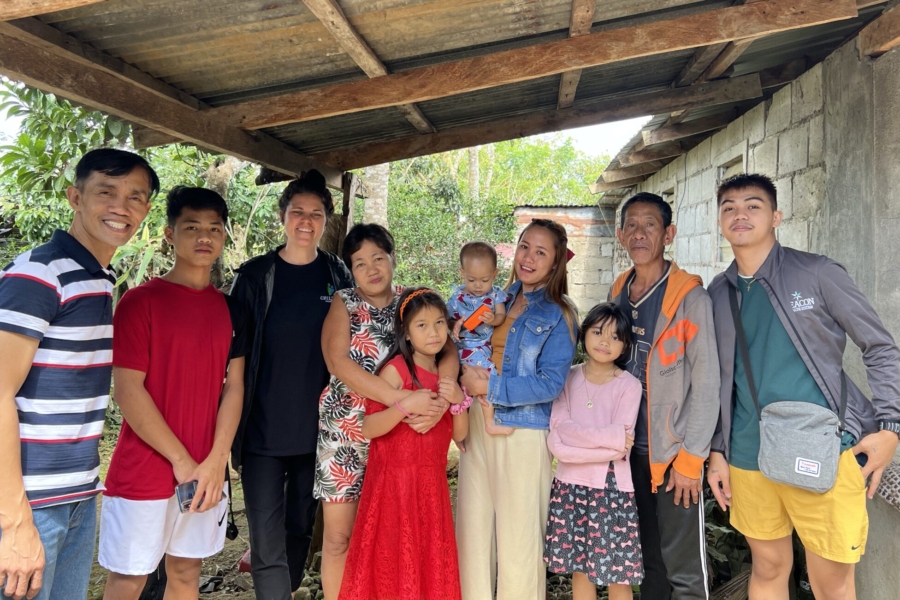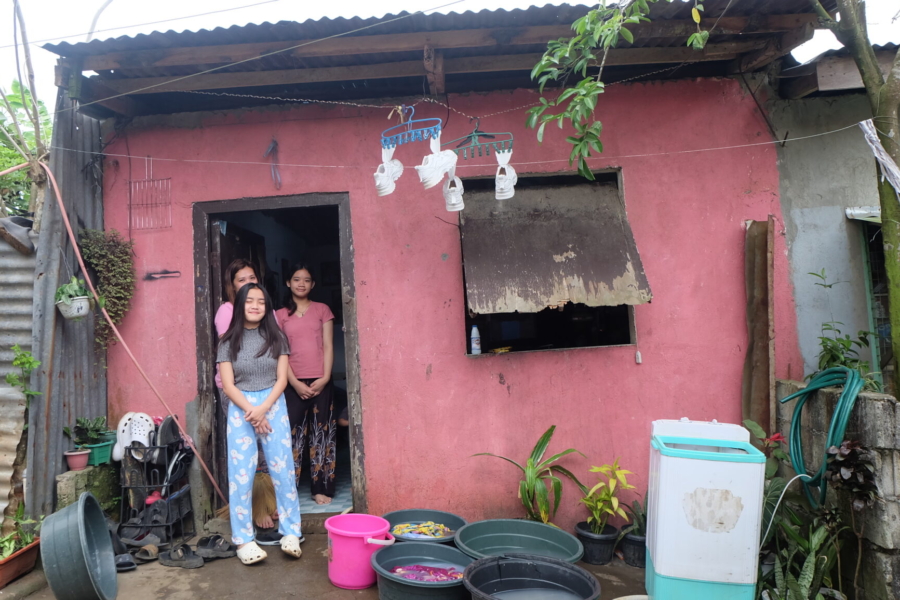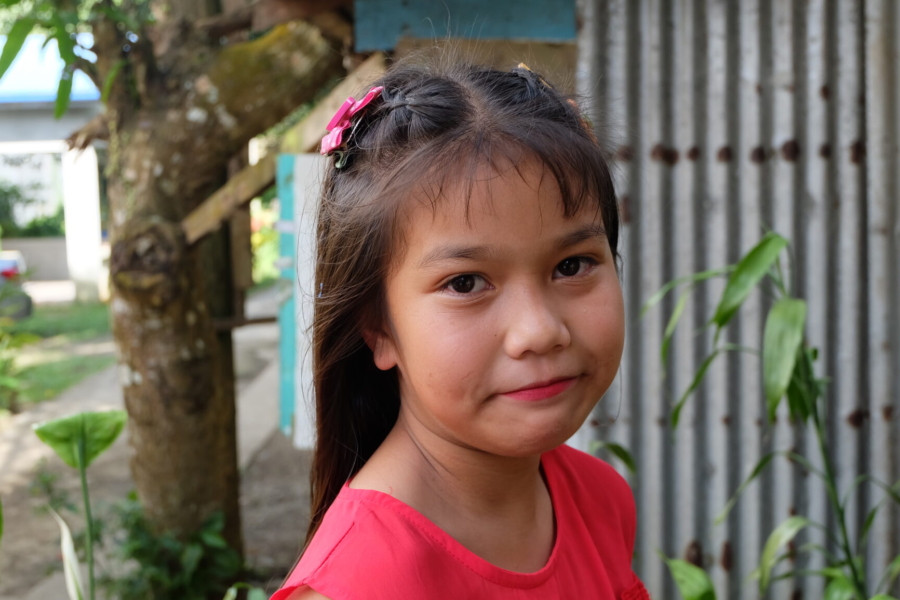In 2017, I brought water filters with me to visit our affiliated sites in India and Sri Lanka, thanks to our partnership with the nonprofit organization, Wine to Water. Wine to Water is based out of Boone, North Carolina, and works to provide clean water solutions to some of the more than 2 billion people globally who lack access to a safe water drinking source. The water filters, which I distributed to our volunteer coordinators along with instructions for use, can last for up to 10 years when maintained properly.
The water filters, which I distributed to our volunteer coordinators along with instructions for use, can last for up to 10 years when maintained properly.
Supporting communities in crisis
I have since stayed in touch with Wine to Water, following their international relief efforts, as well as their work in the United States to help communities in crisis — more recently having sent teams to Ukraine and Jackson, Mississippi in 2022.
When I found out I would be visiting the Philippines in early 2023, I spoke with our Director of International Programs, Luis Bourdet, to see if he thought I should once again request filters from Wine to Water for my trip. He asked our volunteer coordinators on my behalf, and they all agreed that yes, they would love to have water filters at our affiliated sites for the children to use for drinking and handwashing. Knowing I could get everything I needed to set up the filters once I arrived in the Philippines, I didn’t ask many more questions of our coordinators as I otherwise prepared for my departure, adding 20 water filters to my packing list.
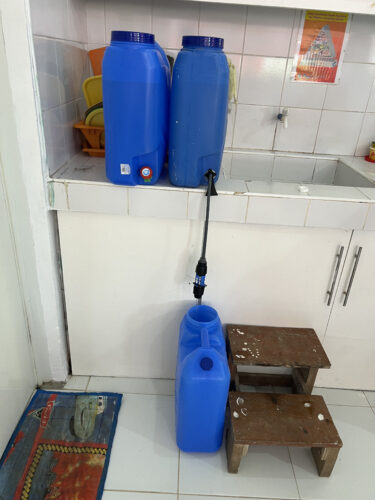
The water filter is attached to the container on the counter and the clean water flows down to the container on the ground.
Both Joy at the Fortune Center in Manila and Nilo at the Pinagpala Center in Tagaytay were very excited to receive the filters and learn how they worked — by simply attaching them to a bucket, the filter works on gravity alone, and can filter out 99.999% of bacteria and microbes from unfiltered water, making it safe to drink even from dirty rivers or contaminated water sources. I was delighted that they thought the technology was as interesting as I found it to be, and so easy to use, which made it ideal for distributing to anyone willing to keep the filter clean and away from anything that could damage it.
A need for new filters
When I traveled to Tacloban City to meet with our volunteer coordinator, WimWim, from the Visayans Center, or VFV, I mentioned to her that I had the water filters with me, and she suggested that I bring them to the Santo Nino Center in a few days for our scheduled visit. There, she explained, they had a water tank for collecting water, but the water filters they had been using were getting older, and she was ready to replace them as well as add some additional ones.
When we arrived at the Santo Nino Center to prepare for the daily feeding program, I walked into the small one room building, and my eye was immediately drawn to a water storage container sitting on the kitchen counter. Attached to the container was the same exact water filter that I had brought with me — water filters that WimWim had yet to see because they were still in my book bag that I was wearing.
10 years after Yolanda
I excitedly told WimWim that I thought it was so strange that they had the exact same water filter already — although not an obscure product, still one I was very surprised to see. WimWim casually looked over at the filter, and said, “We received those from Wine to Water in 2013 after the Typhoon when they were here helping with the recovery efforts.”
I couldn’t believe what I was hearing. I responded slowly, so as to make sure no detail would be missed. “WimWim, did you know that the water filters I brought are also from Wine to Water?” She looked at me and shook her head, and we both started to laugh. What an amazing coincidence, I thought to myself.
I started asking WimWim a million questions about their work with Wine to Water ten years ago — how did they find out about VFV? Wine to Water had reached out. How many people from Wine to Water came to Tacloban? Two people from the organization visited at two different times in a two-year period. How many years have they been using the water filters? Between 5 and 10 years, depending on the filter. Did Wine to Water help in any other way? Yes, they dug a well, built the rainwater collection tank at the Santo Nino Center and at the Cancumbang Center, and provided enough filters for all three of the VFV centers to have clean water for a decade.
After switching out some of the older water filters with the ones I brought with me, we went about our visit to the center, meeting the children and their parents. When we returned to the VFV office later that day, I noticed two water filters in the kitchen that I had noticed only the day before — the following day, I got to see more filters in use at the Cancumbang Center. Just as I was, WimWim was grateful for the serendipitous nature of what had occurred. Almost exactly 10 years after Wine to Water had been in Tacloban to bring filters to the community, I had returned with new filters without even knowing ahead of time just how much it was needed.
***
How do I sponsor a child in the Philippines?
You can sponsor a child in the Philippines in one of three ways: call our office at 1-800-538-5381 and speak with one of our staff members; email us at sponsorship@children-inc.org; or go online to our sponsorship portal, create an account, and search for a child in the Philippines that is available for sponsorship.


